The work focuses on the juxtaposition of traditional concepts and contemporary syntax by weaving expressions of heritage and history into a modern vocabulary.
The rocky slopes of the Cycladic landscape are dominated by the picture of a complex consisting of longitudinal dry stonewalling whose function is to hold in the precious soil on the terraces formed there.
The house has been designed as a composite `terrace` on a steep slope. The dry stonewalling here is transformed into a tool of composition which defines the enclosed spaces, shapes the courtyards, gives protection from the northerly winds, and frames the view, thus creating a complex of interior and exterior spaces, in sequence with the natural flow of the slope.
The oxidised IPE beams which were chosen for the construction of the shades, and for more general use, are a continuation of the island`s history (mining of iron ore). By means of the use of stone and iron, in combination with floors of tamped cement mortar in an earthy colour, the `disguising` of the house was the aim. This logic is reinforced by the creation of `dug-out` areas, on the roofs of which edible plants grow.
Importance was attached to the creation of differing qualities of exterior spaces, given that life on the island is largely lived in the open air. Roofed, enclosed, and sheltered areas are distinct, whereas others are free, exposed to the sun and the wind. All of them communicate with one another, thus composing the route down to the sea.
Another reality to which the design had to respond is the strict terms of building of the Cycladic islands. The consolidation of all the premises into one compact mass is mandatory, while large apertures on visible facades and cantilevers are prohibited.
The composition of the enclosed spaces was carried out with the typology of traditional Cycladic dwellings (known as katikiés), in which spaces of small dimensions, frequently of an irregular shape, are laid out in a row, with scope for later additions, as a criterion.
The energy consumption of the building is extremely low, due to a building envelope with properly insulated walls, green roof and high quality glazing with wooden frames. The building’s air-conditioning and hot water production are done via air-to-air heat pumps. Photovoltaic elements are installed to meet the energy needs thus collected rainwater and treated wastewater are used for irrigation.
The composition of the enclosed spaces was carried out with the typology of traditional Cycladic dwellings (known as katikiés), in which spaces of small dimensions, frequently of an irregular shape, are laid out in a row, with scope for later additions, as a criterion.
The energy consumption of the building is extremely low, due to a building envelope with properly insulated walls, green roof and high quality glazing with wooden frames. The building’s air-conditioning and hot water production are done via air-to-air heat pumps. Photovoltaic elements are installed to meet the energy needs thus collected rainwater and treated wastewater are used for irrigation.
Iliana Kerestetzi / MOLDarchitects
Location: Lia beach, Serifos Island
Site: 6.000m2
Gross floor area: 300m2
Location: Lia beach, Serifos Island
Site: 6.000m2
Gross floor area: 300m2
AWARDS
SADAS -PEA (Association of Greek Architects)2014 AWARD / “Best project for the years 2009-2013“
DOMES 2014 / “Best first building by a young architect of the years 2009-2013“
Nominated for the “MIES VAN DER ROHE AWARD 2015“
Nominated for the “PIRANESI AWARD 2014“
Nominated for the ARCHDAILY / “Best building for the year 2015 Award“
SADAS -PEA (Association of Greek Architects)2014 AWARD / “Best project for the years 2009-2013“
DOMES 2014 / “Best first building by a young architect of the years 2009-2013“
Nominated for the “MIES VAN DER ROHE AWARD 2015“
Nominated for the “PIRANESI AWARD 2014“
Nominated for the ARCHDAILY / “Best building for the year 2015 Award“
ILIANA KERESTETZI
Iliana Kerestetzi studied architecture at the National Technical University of Athens (2006), and did a Master of Science in Advanced Architectural Design (AAD) at Columbia University (GSAPP) NYC, USA(2008). She has worked for a variety of offices in Greece including: TPA &Associates Inc (2006-07), Nikos Ktenas Architects (2007), TEAM4 (2009-2010). At TEAM4 she worked on the Norman Foster ‘s “Blue City” /Oman. At TPA she led the preliminary study for a Children ‘s Facilities Center in the “King Abdulah II Park” in Amman, Jordan.
In 2010 she establishes her professional practice MOLD/architects which is now based in Athens and on Serifos Island. Their practice integrates research, architecture, landscape, advanced computational design, parametric design, graphic and interior design. In 2011 MOLD initiates the “serifosproperties” residential development project. MOLD architects work has been widely published in specialized academic reviews and exhibited in group exhibitions.They have received, various awards and distinctions for their first project “Vacation residence on Serifos Island”, including the SADAS PEA (Association of Greek Architects)2014 AWARD / Best Greek project for the years 2009-2013 / “DOMES 2014- Best first building by a young architect of the years 2009-2013 Award”/ Nomination for the Piransi Award 2014 / the 7th Biennale of Young Greek Architects(2012-13) /the Heliarch 2014 Awards.
Iliana Kerestetzi studied architecture at the National Technical University of Athens (2006), and did a Master of Science in Advanced Architectural Design (AAD) at Columbia University (GSAPP) NYC, USA(2008). She has worked for a variety of offices in Greece including: TPA &Associates Inc (2006-07), Nikos Ktenas Architects (2007), TEAM4 (2009-2010). At TEAM4 she worked on the Norman Foster ‘s “Blue City” /Oman. At TPA she led the preliminary study for a Children ‘s Facilities Center in the “King Abdulah II Park” in Amman, Jordan.
In 2010 she establishes her professional practice MOLD/architects which is now based in Athens and on Serifos Island. Their practice integrates research, architecture, landscape, advanced computational design, parametric design, graphic and interior design. In 2011 MOLD initiates the “serifosproperties” residential development project. MOLD architects work has been widely published in specialized academic reviews and exhibited in group exhibitions.They have received, various awards and distinctions for their first project “Vacation residence on Serifos Island”, including the SADAS PEA (Association of Greek Architects)2014 AWARD / Best Greek project for the years 2009-2013 / “DOMES 2014- Best first building by a young architect of the years 2009-2013 Award”/ Nomination for the Piransi Award 2014 / the 7th Biennale of Young Greek Architects(2012-13) /the Heliarch 2014 Awards.
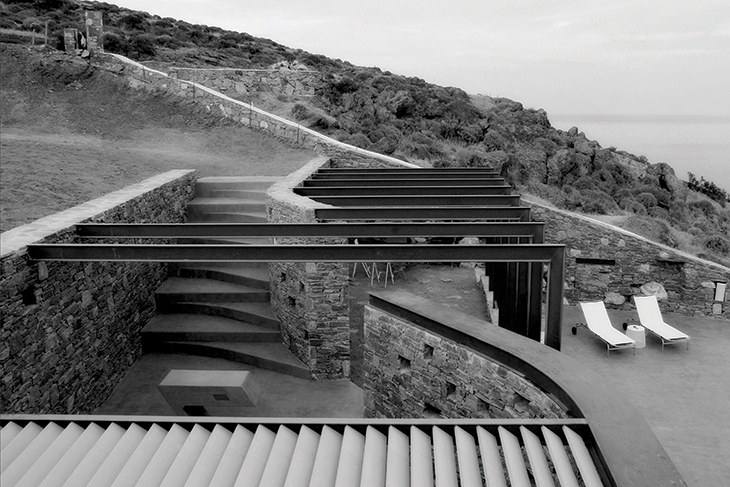 VACATION RESIDENCE ON SERIFOS ISLAND
VACATION RESIDENCE ON SERIFOS ISLAND VACATION RESIDENCE ON SERIFOS ISLAND
VACATION RESIDENCE ON SERIFOS ISLAND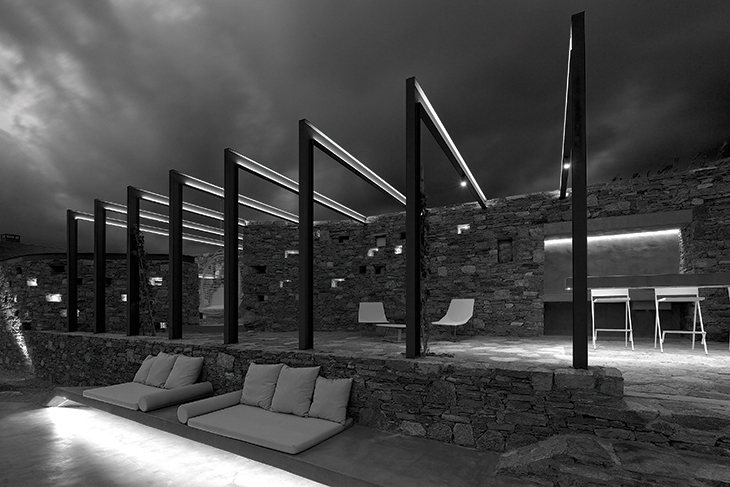 VACATION RESIDENCE ON SERIFOS ISLAND
VACATION RESIDENCE ON SERIFOS ISLAND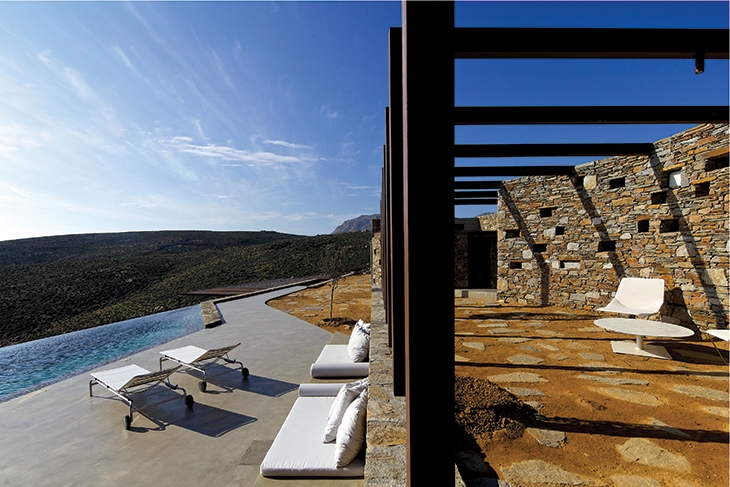 VACATION RESIDENCE ON SERIFOS ISLAND
VACATION RESIDENCE ON SERIFOS ISLAND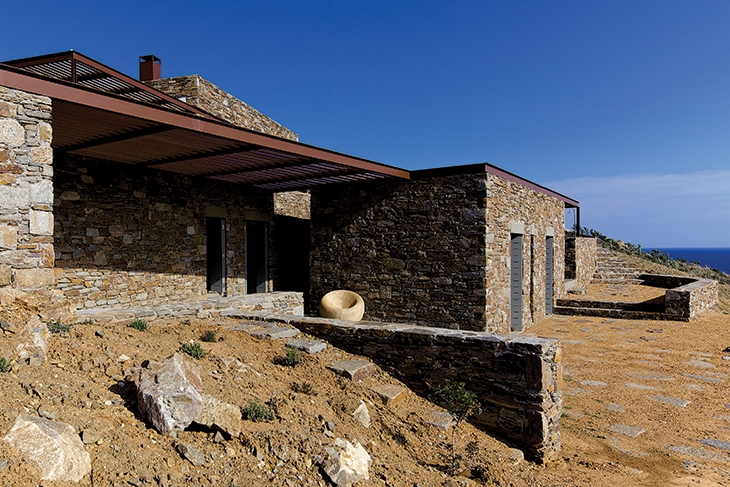 VACATION RESIDENCE ON SERIFOS ISLAND
VACATION RESIDENCE ON SERIFOS ISLAND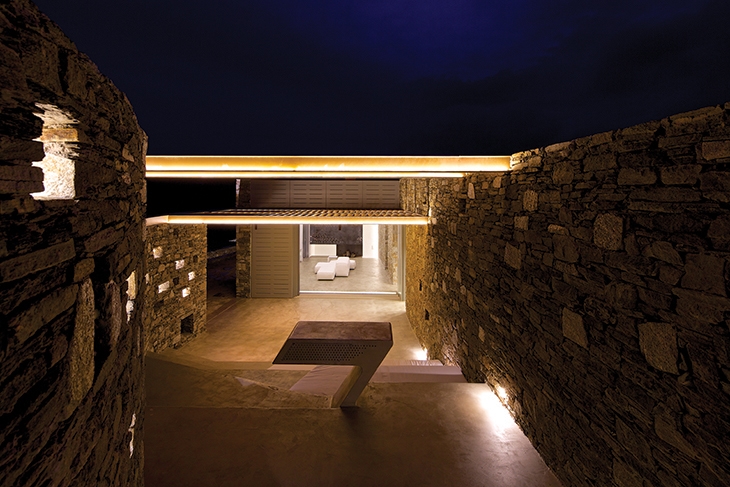 VACATION RESIDENCE ON SERIFOS ISLAND
VACATION RESIDENCE ON SERIFOS ISLAND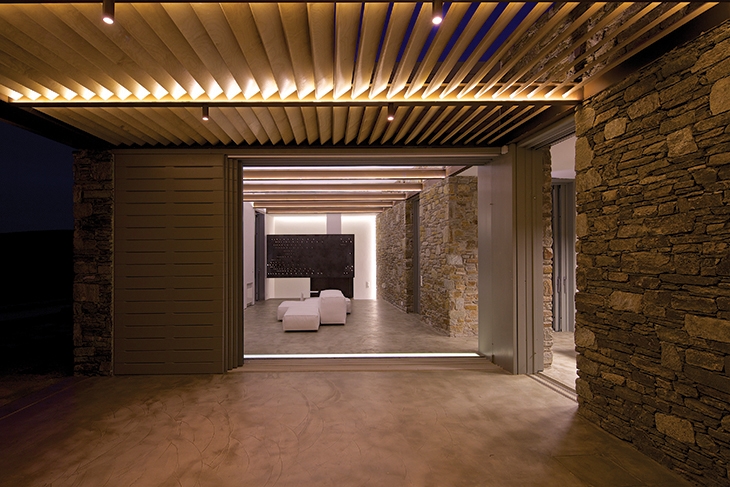 VACATION RESIDENCE ON SERIFOS ISLAND
VACATION RESIDENCE ON SERIFOS ISLAND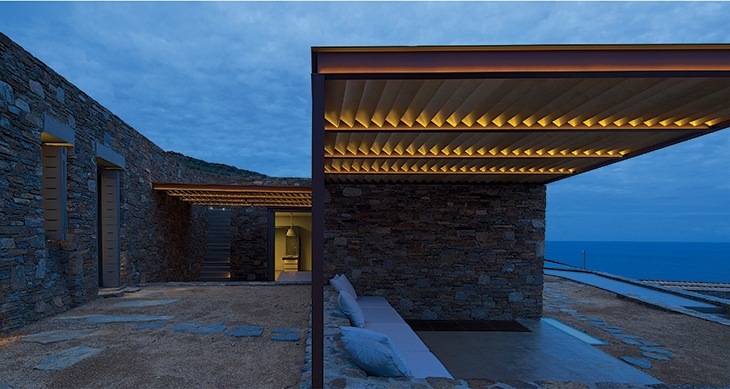 VACATION RESIDENCE ON SERIFOS ISLAND / ILIANA KERESTETZI / MOLD ARCHITECTS
VACATION RESIDENCE ON SERIFOS ISLAND / ILIANA KERESTETZI / MOLD ARCHITECTS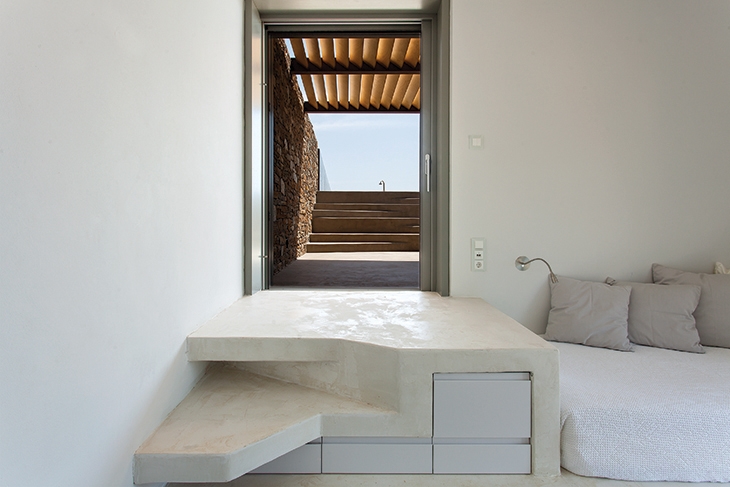 VACATION RESIDENCE ON SERIFOS ISLAND / ILIANA KERESTETZI / MOLD ARCHITECTS
VACATION RESIDENCE ON SERIFOS ISLAND / ILIANA KERESTETZI / MOLD ARCHITECTS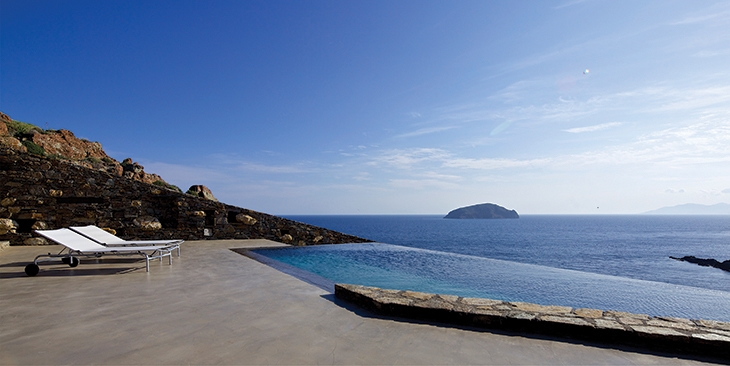 VACATION RESIDENCE ON SERIFOS ISLAND / ILIANA KERESTETZI / MOLD ARCHITECTS
VACATION RESIDENCE ON SERIFOS ISLAND / ILIANA KERESTETZI / MOLD ARCHITECTS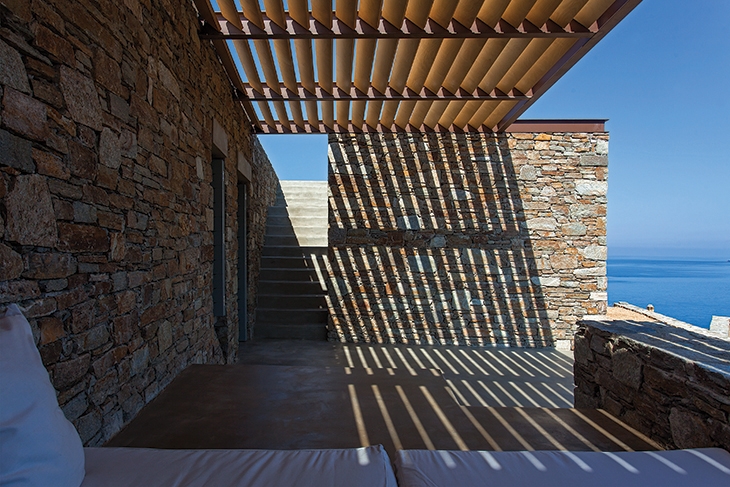 VACATION RESIDENCE ON SERIFOS ISLAND / ILIANA KERESTETZI / MOLD ARCHITECTS
VACATION RESIDENCE ON SERIFOS ISLAND / ILIANA KERESTETZI / MOLD ARCHITECTS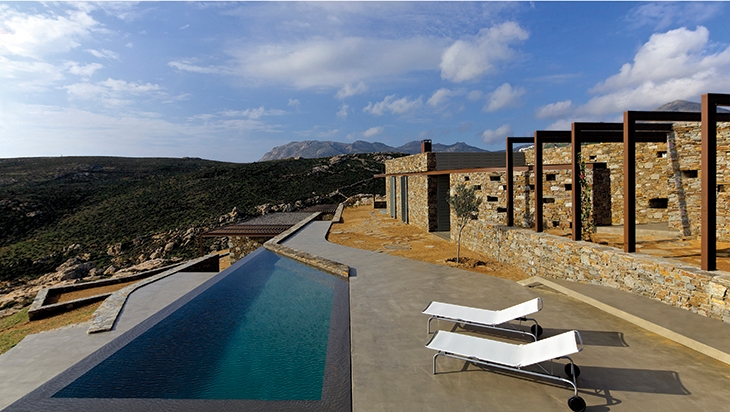 VACATION RESIDENCE ON SERIFOS ISLAND / ILIANA KERESTETZI / MOLD ARCHITECTS
VACATION RESIDENCE ON SERIFOS ISLAND / ILIANA KERESTETZI / MOLD ARCHITECTS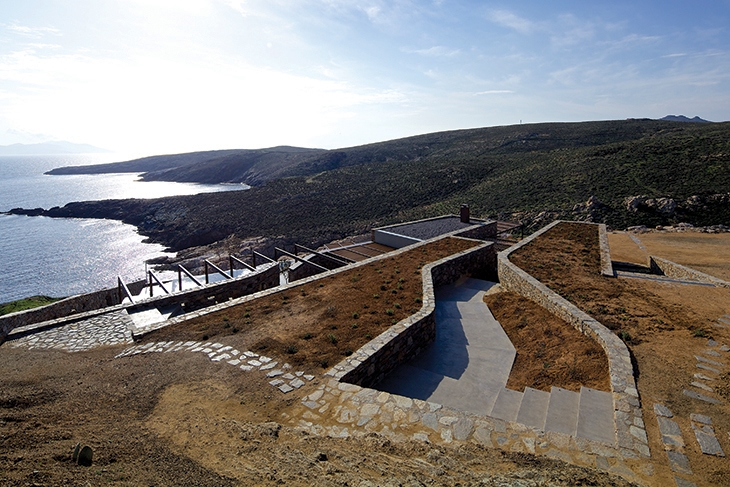 VACATION RESIDENCE ON SERIFOS ISLAND / ILIANA KERESTETZI / MOLD ARCHITECTS
VACATION RESIDENCE ON SERIFOS ISLAND / ILIANA KERESTETZI / MOLD ARCHITECTS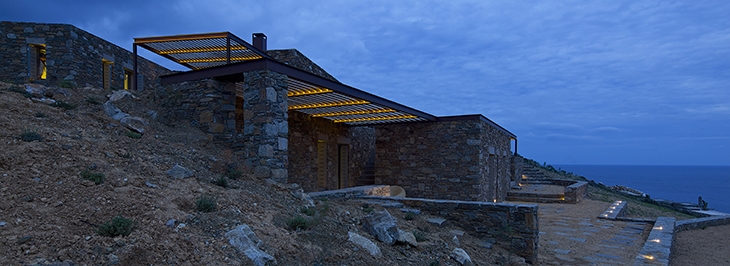 VACATION RESIDENCE ON SERIFOS ISLAND / ILIANA KERESTETZI / MOLD ARCHITECTS
VACATION RESIDENCE ON SERIFOS ISLAND / ILIANA KERESTETZI / MOLD ARCHITECTS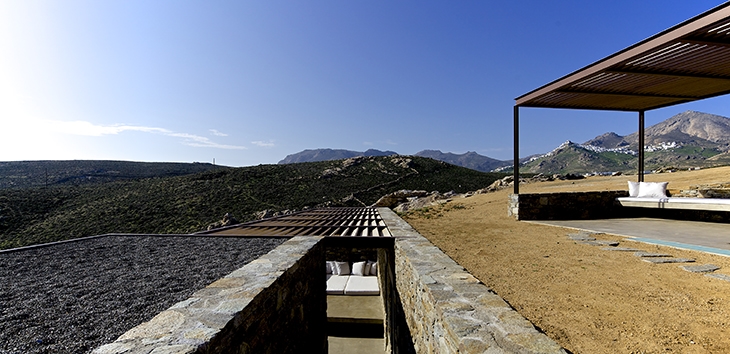 VACATION RESIDENCE ON SERIFOS ISLAND / ILIANA KERESTETZI / MOLD ARCHITECTS
VACATION RESIDENCE ON SERIFOS ISLAND / ILIANA KERESTETZI / MOLD ARCHITECTSREAD ALSO: LEIVATHO HOTEL / LEONIDAS PAPALAMPROPOULOS